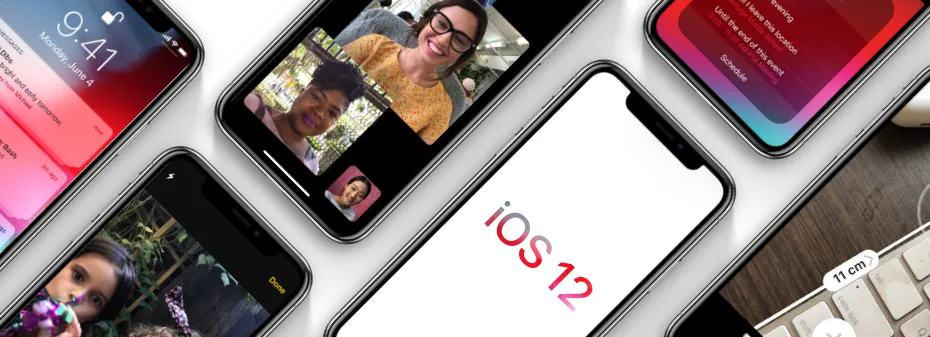
iOS 12 Release. Part II

In our previous
Authentication Services
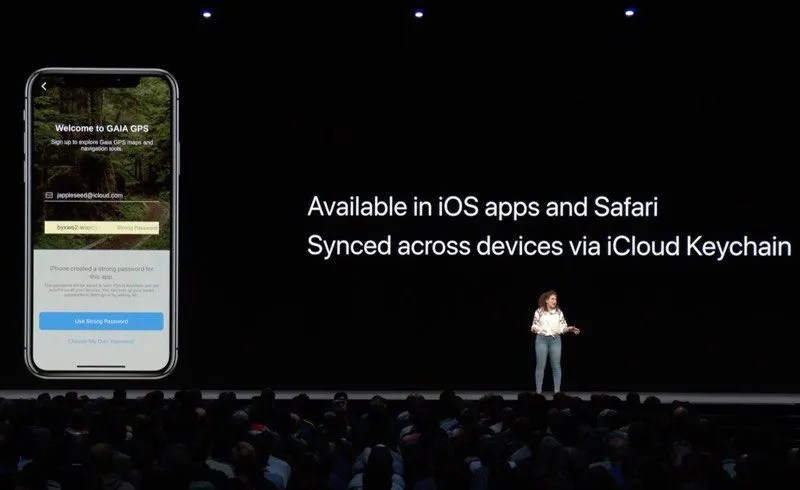
A whole new relevant framework has been added in iOS 12. Here a new native mechanism for the Single Sign-On principle has been implemented. If you’re providing a password management service, you’re now able to interoperate with the Passwords AutoFill function and input your records into it. The user is thus given a convenient and secure method of creating and storing passwords, without ever having to type them. Besides, it’s now possible to autofill SMS auth codes into native app inputs, which your users are gonna love!
- By means of Auth Services, your website and a native app may securely share cookies and auth tokens.
CarPlay for Navigation Apps
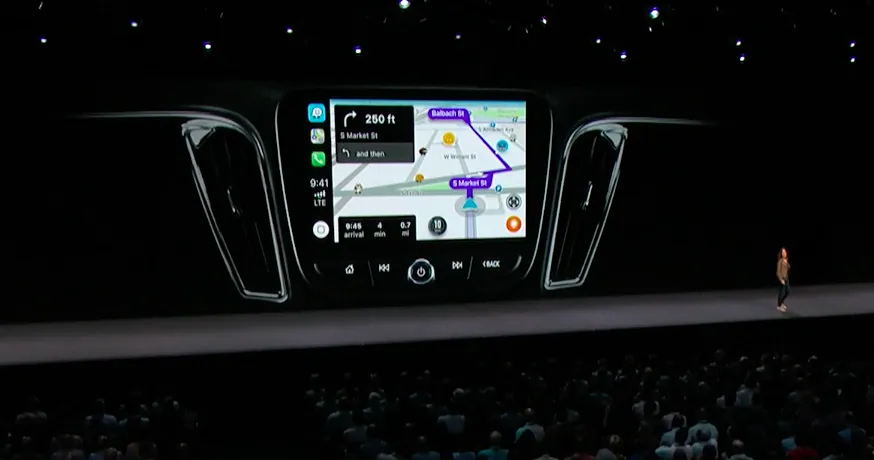
If you’re running a navigation service or app, this is really big news for you, since it is now possible to integrate with CarPlay from any navigation app. For others, it offers nothing yet, but I consider CarPlay a potentially huge media content delivery channel just as Apple Watch was in its time for on-the-go tasks.
Network Framework
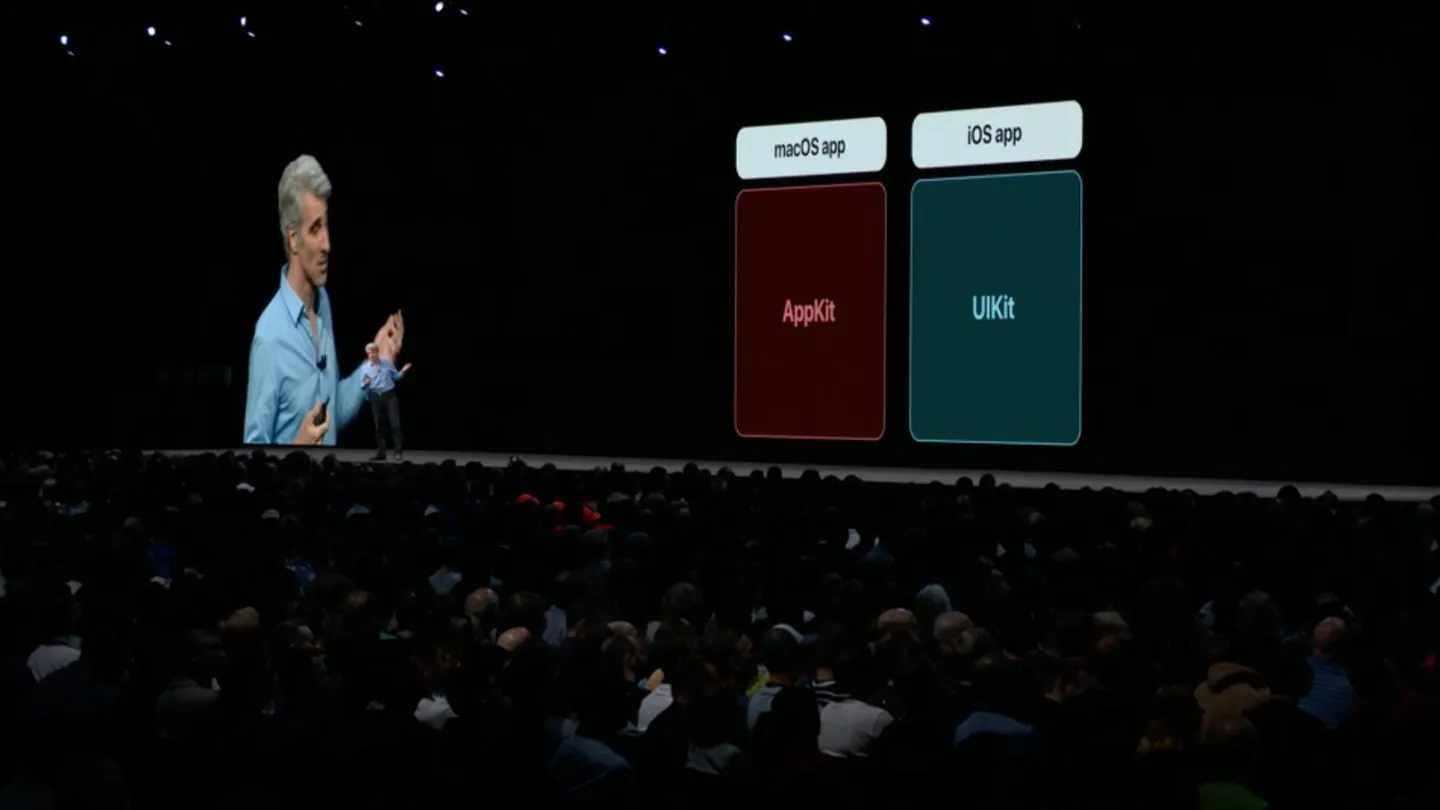
And again a whole new framework. This one is purely under the
- Low-level network programming may become available for a much broader range of developers and definitely makes it possible to produce a high-quality low-level networking code with much less effort.
- What does this mean from a business point of view?
- The new development environment lets you cut about two weeks off the hard coding of initial technical things. With the Network
Natural Language
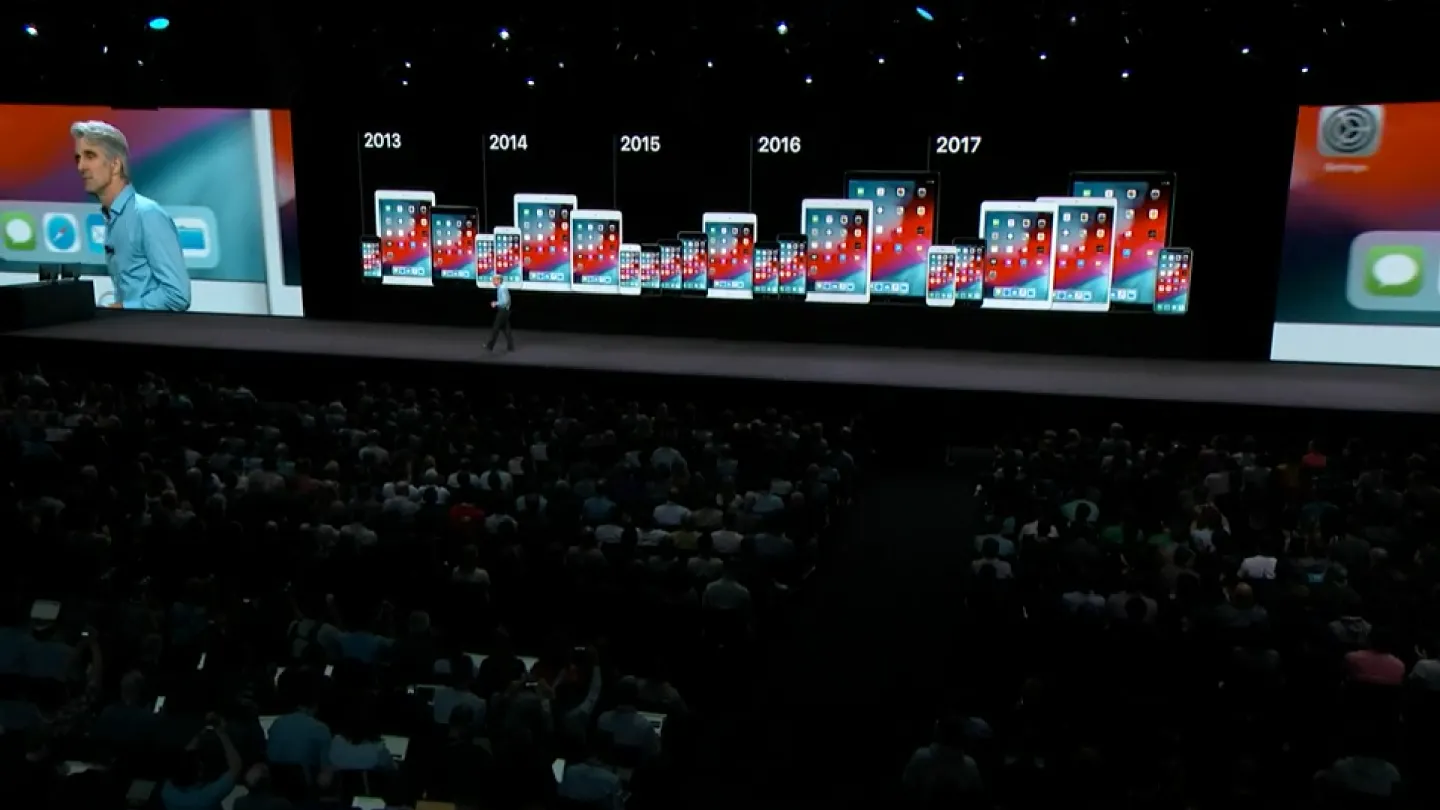
Using natural language as a mechanism
OpenGL ES deprecated
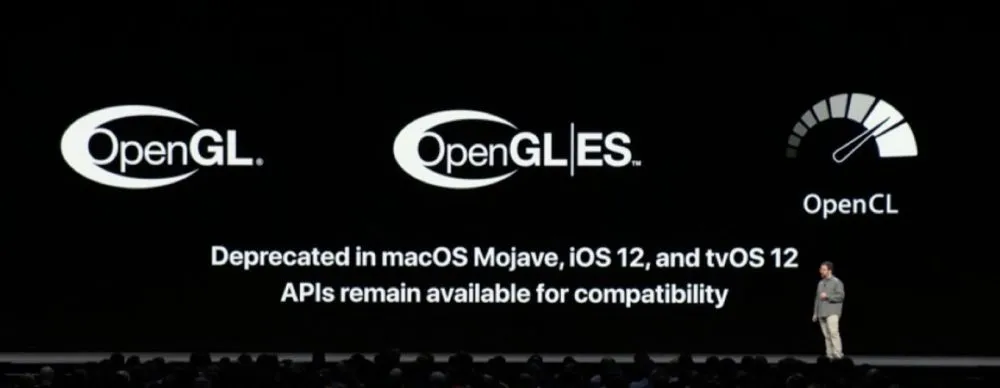
This news sounds like something purely technical again, but in fact, affects a lot of projects. The thing is that Open GL|ES has been a de facto standard of games development for years, going back to the original iPhone. OpenGL is not unique to the iPhone, however, and actually arrived from the PC. That's why most cross-platform games have been based on it. Not only games, in fact, but any high-performance graphics — scientific charts, beautiful calendars, heavily
Other
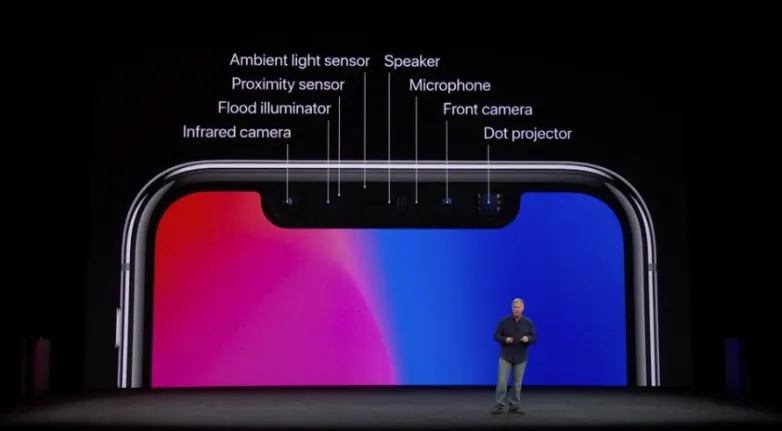
Apple makes available to app developers real-time access to the iPhone X TrueDepth camera system. It is now possible to implement visual effects and user interactions based on a 3D scene from the camera.
CreateML is a new framework for MacOS, which makes it possible to create and teach custom models for later
What’s already here
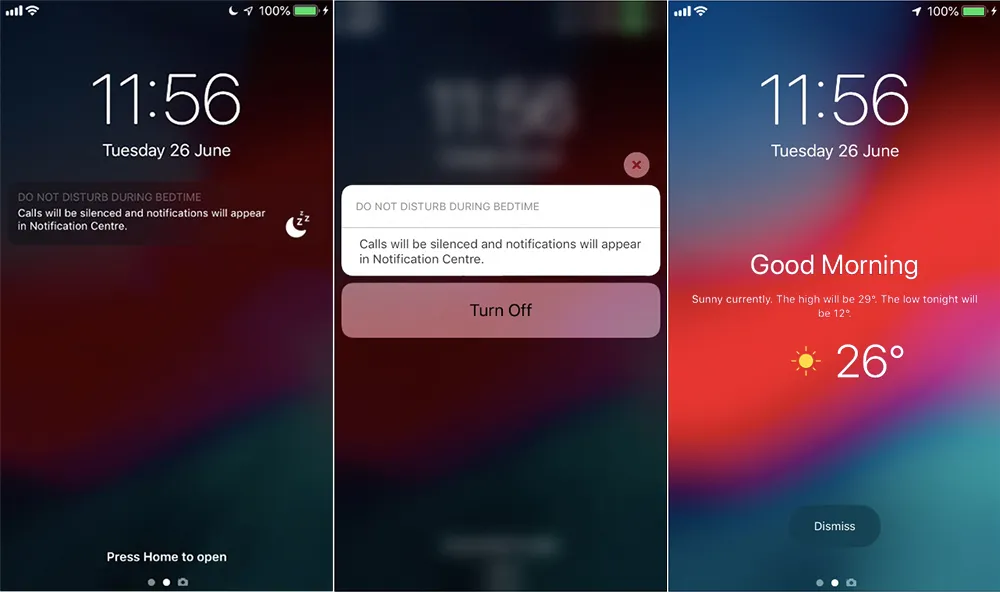
Each year, as a new Beta version is made available, every app owner really should begin testing his app on the new platform. You shouldn’t fear many of the new bugs appearing in the first beta, as some of them may be caused by issues with the system itself. If you encounter the same for several betas in a row, however, maybe this is a signal to delve deeper and look for problems in your code. The app should work perfectly while a new OS version is made publicly available.
We’ve gone through lots of new features and technologies. Let’s remember what’s already here and what
- After some time with the OS version available on the market, you should check the adoption rate for your own application. In most
cases we’ve found it reasonable to support 2 to 3 of the latest iOS v3ersions. This gives around 95% of userscoverage, while leaving development comfortable enough not to waste the owner’s money. Supporting more than 3 major OS versions becomes too expensive for both development and testing and makes it hard to focus on new OS features, as you have to make some kind of segmented differentiation between users with modern and legacy versions. - Each year you choose the “just right” moment and drop some old version, say iOS 9. Look at that, now all of your users have the features introduced in iOS 10. Now you can easily integrate the Speech framework, making Siri voice recognition available inside your app, or move onto a modern iOS 10-specific mechanism of interactive animations — these work smoothly and take less effort to deal with compared to the older one. You’ve just dropped iOS 10 — let’s use iOS 11’s Drag and Drop functionality for your iPad users.
Our experience shows that not many app owners think of this. Don’t repeat others’ faults – go through not only latest iOS changes, but also through all the possibilities now available to you and that may be available in each iOS version.
Swift 5 and Xcode 10 (Developer corner)
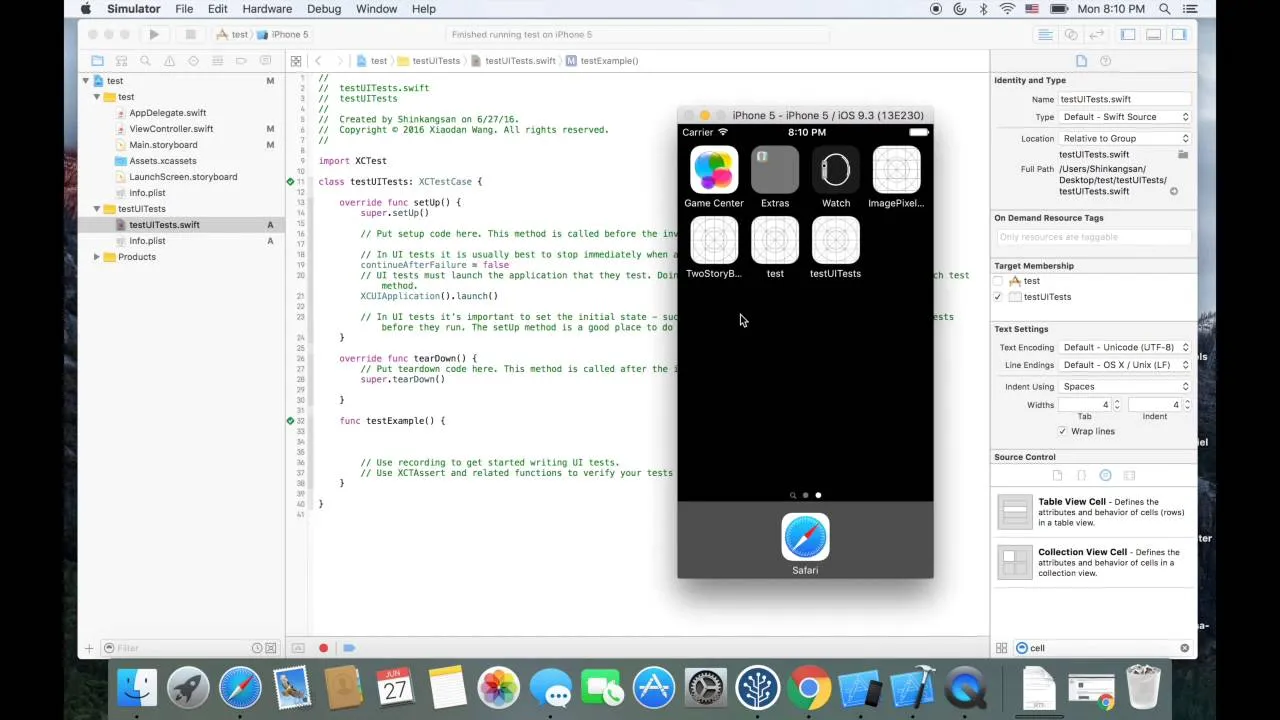
User-facing features aside, development instruments evolve with the times as well. There are many innovations in this field coming in late 2018. And I, as one of the Magora development team’s members, wish to highlight the most intriguing upcoming language and IDE features.
- The Xcode build system was a real disaster in the times of several early Swift versions. It crashed every now and then; syntax highlighting almost never functioned; it was possible to catch a compilation error three times before you could finally run the project — without changing anything, pure black magic! Supporting a large project was quite a painful task. Add to this a huge compilation period every time you change anything in the app. In normal conditions only changed code should be recompiled each time you run the application during the development and debugging process. With Swift, this is becoming true only now, five years after it was released and became popular. It would be fair to say that Swift became an industrial standard even before growing from an enthusiast-level toy into a robust tool. Well, it's also fair to say it's not Swift’s problem – it's all about community choice (Swift over Objective-C). Surely, things are getting better now, but they’re still not ideal. It’s been announced that Xcode 10 will use a new build system that should solve most of the listed issues.
Our department switched to Swift when it was at v3 for commercial code. Before that, it looked as though developers were taking money from customers and putting them on tech-support.
Developers had to use hacks, as there were no coding standards, design patterns or best practices yet created for the new language. And the language itself changed a lot for the first three years. If anyone implemented a simple application using Swift 1 and the libraries which were
There have been a lot of
- Swift 5 should finally bring ABI stability for the standard libraries (Swift Dynamic Library). It offers a notable reduction in app bundle size — now just one copy of Swift itself will be stored in the system, instead of everything being copied into each application. Later, when the whole language is ABI stable, it will be the beginning of a new era when commercial b2b programmatic solutions can be developed in Swift.
There’s also a bunch of cool new language features and syntax sugar. To list a few, these include language support for regular expressions; first-class concurrency support with async/await pattern and an actors model. All of these (if they are in fact included in it) could make Swift 5 one of the most advanced and modern languages in terms of language-level features. It gives us the freedom to express quite complex things in a few lines of code. Supporting really complex systems thus become a lot easier and doesn’t require a developer to be Einstein. And that's how we moved forward from a simple command line utility that cost you a fortune several decades ago to the AR experience, deep ML and all the other things we have in a cell phone.
Conclusion
If you have a long-running product, just looking into hype technologies may not be enough. To stop your users from escaping to competitors, your app needs to become really comfortable and accustomed to the user. To achieve this, integrate with the iOS ecosystem as much as possible to make your app look like an essential part of your user’s phone, part of their everyday routine. No one ponders removing Safari, right? Try to become the same in your segment. And here we can help - contact us to discuss your app development project.





